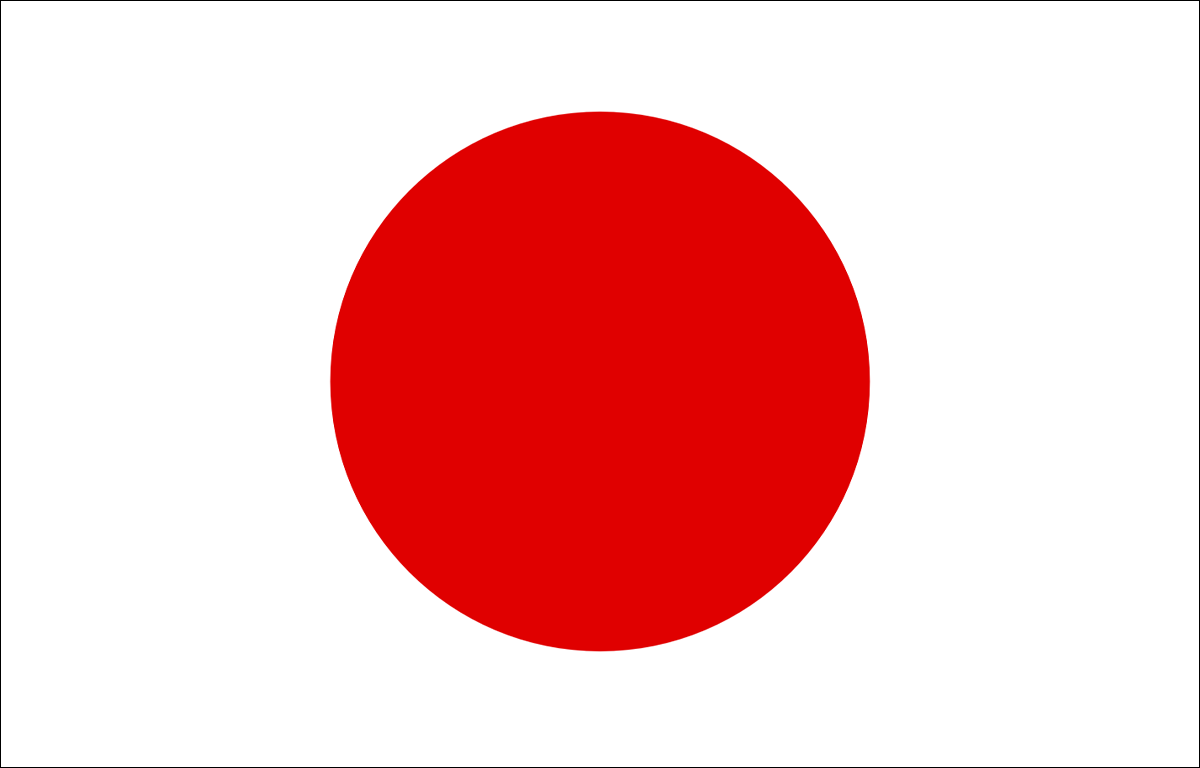
Breadcrumb
Japan

Capital:
Tokyo
Land Area:
364,485km²
Inland Water Area:
13,430km²
Length of Coastline:
29,020km
In Japan, the Basic Act on Ocean Policy was established on 20 April 2007 and enacted on 20 July 2007. This act served as an overarching and cross-cutting policy framework for oceans and coastal areas. Based on the act, the Headquarters for Ocean Policy, which is comprised of a multi-ministry body headed by the Director-General, was established in the Cabinet. The Secretariat of Headquarters for Ocean Policy consists of staff from 8 related ministries. In March 2008, the Basic Plan on Ocean Policy was established in line with the Act. The Plan stipulates 12 major measures that the government should take comprehensively and systematically with regard to the sea. One of the 12 major measures is the comprehensive management of the coastal zones, with includes three major areas of focus:
- Management of coastal zones carried out in an integrated manner with land areas;
- Coordination of activities in the coastal zones; and
Establishment of a coordination system concerning coastal zone management.
All the projects related to the Basic Act on Ocean Act have been collated by the headquarters for the promotion of integrated information management among all concerned ministries. The budget for the various measures under the Basic Plan on Ocean Policy for the 2009 fiscal year amounts to 2.17 trillion Japanese Yen.
In 2013 the Basic Plan on Ocean Policy was revised. On 15 May 2018, the Third Basic Plan on Ocean Policy was adopted by the Cabinet. Key principles for ICM underlined in the Act and the Plan are to promote: ICM by considering local characteristics and assisting local governments; ICM in tandem with terrestrial management; ICM in enclosed coastal sea and; coordinating the use of coastal areas. Since 1958, Japan has also adopted a series of environmental legislation to tackle its worsening water pollution problems. The country introduced numerical targets for reducing the pollutant effluent in designated watershed and coastal areas, with those targets revised every five years since 1984. Significant reductions were achieved in Tokyo Bay, Ise Bay and Setonaikai adjacent to the megapolis of Tokyo, Nagoya and Osaka. Other sustainable efforts by Japan include coastal spatial planning, adopting local plans on ocean policy and implementing local initiatives for ICM.
History of Japan's engagement in PEMSEA.
Focal Points:
Mr. Toru OHNO
Vice Director-General, Policy Bureau, Ministry of Land, Infrastructure, Transport and Tourism (MLIT)
Mr. Masashi KAWABE (Operational Focal Point)
Director for International Ocean Affairs, Ocean Policy Division
Policy Bureau, MLIT
Mr. Nobuyuki MORI
Coordinator for International Ocean Affairs, Ocean Policy Division
Policy Bureau, MLIT